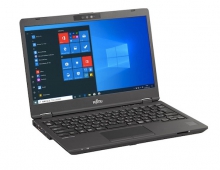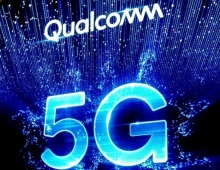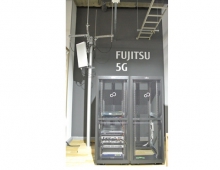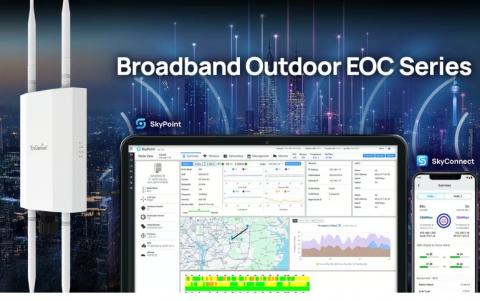
Fujitsu Field Trial Records 400 Gbps and 800 Gbps Networking Speed
Mid-Atlantic Crossroads (MAX), in conjunction with Fujitsu, have the successfully transmitted data at rates of 400 Gbps and 800 Gbps over MAX's optical network from Baltimore, MD, to McLean, VA.
The week-long trial showed that MAX will be able to provide a 400 Gbps-capable networking infrastructure to the surrounding research and education (R&E) community.
The transmission was made possible by using the Fujitsu FLASHWAVE 9500 Packet Optical Networking Platform (Packet ONP) to transmit data with a 25% improvement in channel spacing over conventional dense wavelength division multiplexing (DWDM). These condensed channels are a result of flexible grid utilization and are combined with modulation techniques including dual-polarization quadrature phase shift keying (DP-QPSK) and dual-polarization 16-ary quadrature amplitude modulation (DP-16QAM) to increase network utilization without requiring any physical adjustments to the MAX network infrastructure. The end result is a super-channel that allows more than 2.5 times increase in bandwidth in the same amount of spectral width as current DWDM technologies.
The field trial focused on achieving a stable 400 Gbps transmission over the MAX network footprint, alongside existing 10 Gbps and 100 Gbps channels. After this was demonstrated, an error-free rate of 800 Gbps was also attempted and achieved during the test ? indicating a wealth of possibilities for the current state of optical networking, while also shining a light on future networking capabilities.
Mid-Atlantic Crossroads (MAX) is a multi-state regional network led by the University of Maryland. MAX owns and operates an all-optical, Layer 1 core network that is the foundation for a high-performance infrastructure providing 100 Gbps network technology and services.
The transmission was made possible by using the Fujitsu FLASHWAVE 9500 Packet Optical Networking Platform (Packet ONP) to transmit data with a 25% improvement in channel spacing over conventional dense wavelength division multiplexing (DWDM). These condensed channels are a result of flexible grid utilization and are combined with modulation techniques including dual-polarization quadrature phase shift keying (DP-QPSK) and dual-polarization 16-ary quadrature amplitude modulation (DP-16QAM) to increase network utilization without requiring any physical adjustments to the MAX network infrastructure. The end result is a super-channel that allows more than 2.5 times increase in bandwidth in the same amount of spectral width as current DWDM technologies.
The field trial focused on achieving a stable 400 Gbps transmission over the MAX network footprint, alongside existing 10 Gbps and 100 Gbps channels. After this was demonstrated, an error-free rate of 800 Gbps was also attempted and achieved during the test ? indicating a wealth of possibilities for the current state of optical networking, while also shining a light on future networking capabilities.
Mid-Atlantic Crossroads (MAX) is a multi-state regional network led by the University of Maryland. MAX owns and operates an all-optical, Layer 1 core network that is the foundation for a high-performance infrastructure providing 100 Gbps network technology and services.





















